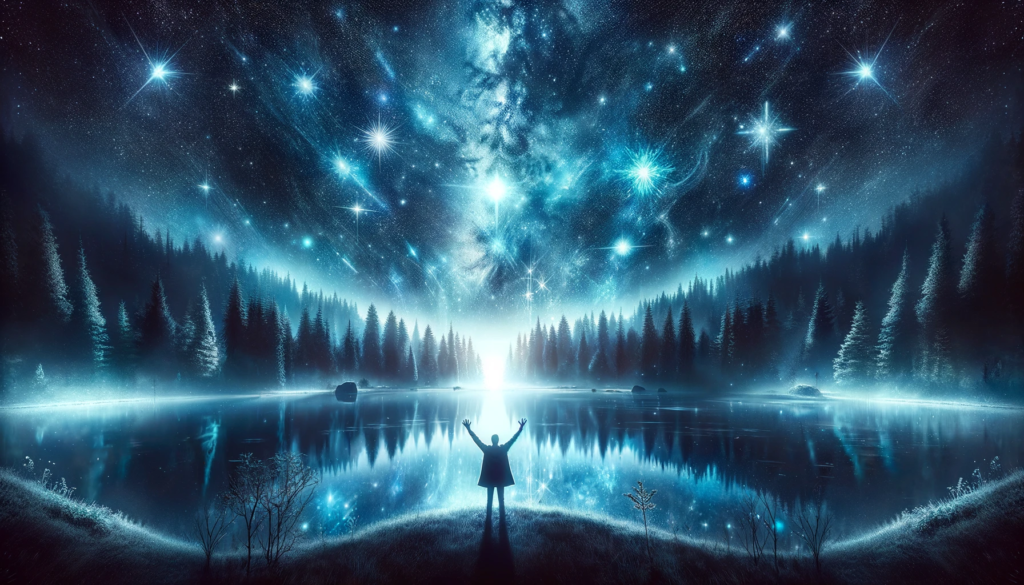In the annals of geographical mysteries and legends, few have captivated the imagination quite like the enigmatic Rupes Nigra, aka Black Rock. This mythical island, believed to sit at the North Pole, has long vanished from modern maps, yet it endures in the minds of those who traverse the shadowy corridors of historical geography.
The Historical Tapestry of Rupes Nigra
To understand the allure of Rupes Nigra, one must delve into the tapestries of the past. The legend, which traces back to ancient times, suggests that at the very top of the world, there existed a gigantic black rock, magnetic in nature, causing compasses to go awry. This notion found a foothold in the 16th and 17th centuries, a time rife with exploratory fervor and geographical speculation. The idea was that this rock, magnetic and massive, stood as a landmark or even a portal to new, uncharted realms.
The Magnetic Enigma and Compass Mysteries
The magnetic properties attributed to Rupes Nigra were of particular interest. Sailors of yore, navigating the treacherous Arctic waters, would often find their compasses spinning wildly, a phenomenon they attributed to the magnetic influence of this great black rock. This belief intertwined with the then-limited understanding of Earth’s magnetic fields and the mysteries of the North Pole, a region still shrouded in icy enigma.
Cartographic Appearances and Disappearances
The presence of Rupes Nigra on historical maps is a testament to the intrigue it held. Early cartographers, working with a mix of hearsay, exploration tales, and scientific theories, often included the Black Rock on their maps. However, as cartography evolved with more accurate scientific understanding and detailed explorations of the Arctic, Rupes Nigra gradually disappeared from maps, relegated to the realm of myth and legend.
Cultural and Philosophical Impact
Beyond its geographical significance, Rupes Nigra also held a deeper, more philosophical allure. It represented the unknown, the unexplored, and the mysteries that lay beyond the known world. In literature and art, it found a place as a symbol of the unattainable, the mysterious, and the profound. It was more than just a place; it was a concept, a metaphor for the limits of human knowledge and understanding.
Modern Interpretation and Relevance
Today, Rupes Nigra may not feature on any legitimate geographical chart, but its legacy endures in the human pursuit of knowledge and exploration. It serves as a reminder of our journey from myth to science, from the fanciful to the factual. In an age where our world has been thoroughly mapped, Rupes Nigra invites us to seek new Black Rocks in the cosmos or within the uncharted territories of human understanding and consciousness.
Conclusion: A Symbol for the Future
In the end, Rupes Nigra stands not as a mere historical curiosity but as a symbol of the eternal human quest for knowledge, the allure of the unknown, and the journey from myth to understanding. As we gaze into the future, the spirit of Rupes Nigra reminds us that there are always new mysteries to explore, new frontiers to cross, and new truths to uncover.
The story of Rupes Nigra, veiled in the mists of time, reminds us that the line between myth and reality is often blurred, and that exploration, in all its forms, is a fundamental aspect of the human spirit.










